We can work together to help this child
It’s best for kids in foster care when adults are on the same team, and that begins with foster parents
Caryn M., Foster and Adoptive Mom

When Joe and I started fostering, we weren’t thinking about adoption. My parents fostered many years ago, so I know the goal is reunification. And our training was clear about that as well. We talked about the what ifs: “What if fostering does lead to adoption? What would that mean for how we would build a relationship with the child’s parents?”
When we transported kids to their weekly visits, we had time to make small talk with their parents. These moments were our opportunity to make a face-to-face connection. At home, we made photo books and wrote letters to parents. We tried to involve parents in decisions about their children, like, “What do you want them to wear for school pictures?” or letting them take the rein for doctor’s appointments.
We tried to bring something to each visit to share with the child’s parents, not to showcase “fun things we’re doing without you at Caryn and Joe’s house,” but to help them stay connected and show them they were still an important part of the kids’ lives. With a child who enjoyed art projects, we made art kits so she and her mom could make something special together, just the two of them, on a visit.
We never wanted to create a power struggle with the kids’ families. So our posture was to back off and make it clear that we were a team, together, for the kids.
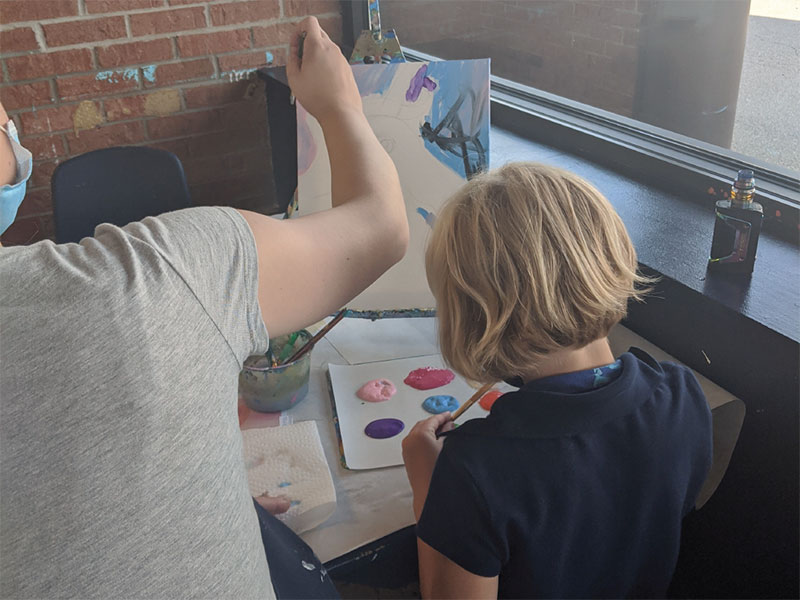
It’s easy to judge
I’m a special ed teacher. I’ve been inside homes and with families where there was a lot going on. I’ve seen families facing hard circumstances, doing the best they can, often without a lot of support. They may not do what I would do, or make choices I would make, but you can see how the child loves and needs their family. I think, “What would I want if I were that child? Or that mom or grandma? Where would I be, what would I need?”
It’s so easy to judge. It’s harder (and scarier) to step out of your comfort zone and build a relationship with someone who may be different from you. But it’s so worth it.
As a foster parent, when I’m first building trust with a child’s parents, I think how vulnerable it is for parents visiting their kids—knowing you’re being observed, worrying about saying or doing the wrong thing, fearing that this woman (me) who’s caring for your kids could decide to cut everything off. I can’t imagine trying to have a relationship with someone like that. Knowing parents think about that and fear that, I give them all the credit because, as scary as it is for foster parents to risk initiating the relationship, it’s so much scarier for parents who have more to lose.
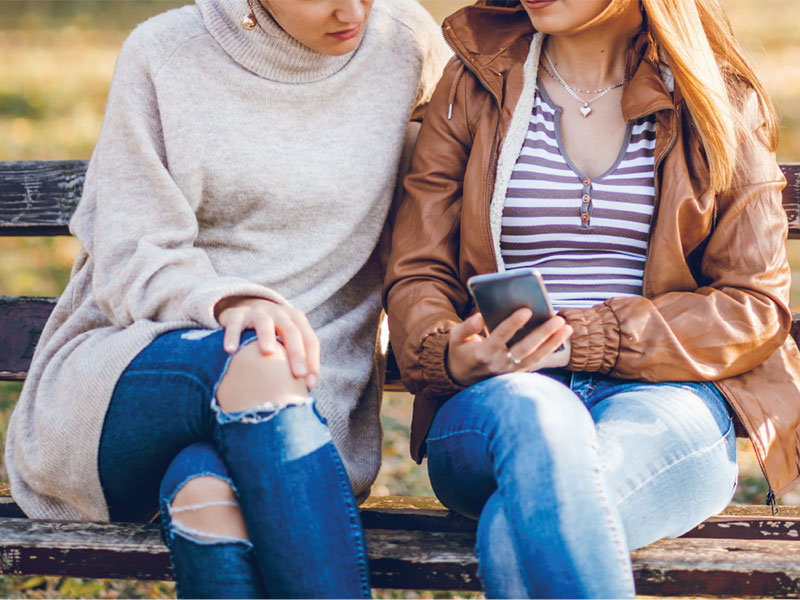
It’s a change of heart
Foster care did lead to adoption for us. Caleb was 9 months old when he was placed with us in 2015, and we adopted him in 2017. We fostered again for a child who was able to quickly return home. Then Ellie came to us through foster care in 2016, and we adopted her in 2018. The same weekend we finalized Caleb’s adoption, Annie came into foster care with us. We finalized her adoption in 2018, just one month after Ellie’s.
The trust we’d established with family members was critical when the kids’ temporary placement with us became permanent. Those relationships began at a vulnerable time, when of course the kids’ parents were angry and hurt about all that was taking place. But from the first day their kids were in my home, I wanted them to know I was in their corner, cheering for them.
About three months after Annie’s adoption, her mom told me, “I didn’t want to like you at first. But you made it about me and my daughter and what I could do for her to come home, not ‘you’re a better parent than me.’”
That came over time. Looking back to when we first started fostering, I struggled with feelings about my role. At parent visits, when Caleb would leap out of my arms and run to his mom, I’d think, “Wait a minute, I’m the one taking care of him.” But in time, I saw how he began coming to me more than his mom. I realized how heartbreaking that must have been for her, to have her son leave her arms to run to me. It helped me see how she was experiencing this.
As foster parents, it’s easy to think, “These parents are horrible people who don’t deserve their kids.” Then you see how hard parenting is and how hard so much of life is, and you realize, “I’m not better at this; I struggle too.”
There’s a change of heart and a change of thinking when you see a child run to his mother. You realize, “She’s not a horrible person; she’s the most important person in his life.” You have to let that truth soften you. That’s when it stops being us against them, and we can work together to help this child.
{{ "/resources/blogs/TW-01.jpgwe-can-work-together-beach-content.jpg" | asset_url | img_tag }}
It’s both give and take
We also stay in touch with parents of kids we fostered who were able to return home. In 2019, we fostered two older boys for about a year. We still text and check in. Sometimes I’ll help the boys with homework, or the 13-year-old will text me a photo and a note saying, “Look what I made for dinner!”
His family is OK with him contacting me, and they support all of us continuing the relationship. I appreciate that. There’s give and take there, it’s not all give. They love and care about my kids—asking about them, giving them hugs when we get together, and sending me texts with photos or information they know the kids will like.
Right before the boys moved back home, their parents chose to have them stay over one more night so all the kids could have a movie night and enjoy a special time together. That was really kind of them to do that, expressing that we were an important part of their family. And we feel the same way. We want our families to come together.
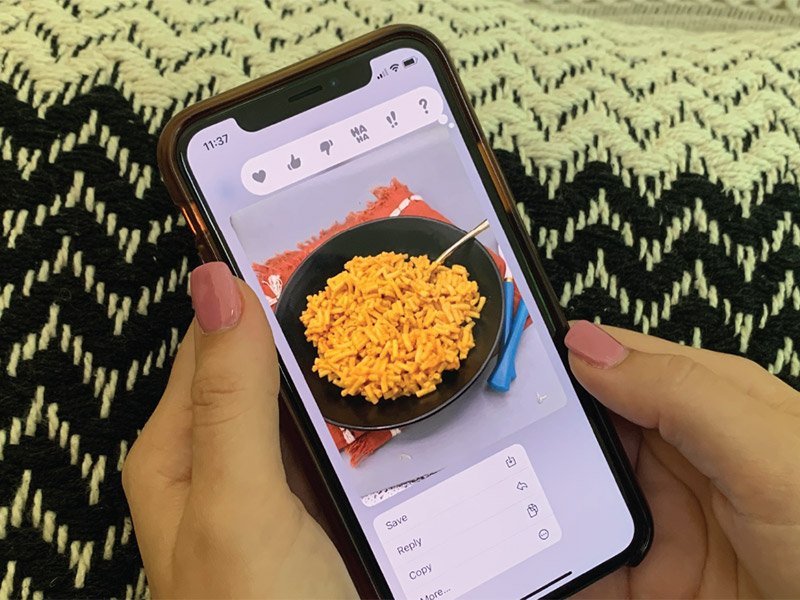
It’s become our normal
Being part of a community of foster parents has been a huge help. We’re part of a group where we all have open relationships with families of kids in our care, whether we’re fostering or have adopted a child through foster care. These open relationships are normal for us, and our kids talk easily with each other about “my mom and my other mom.”
When we go to the zoo and Annie’s mom is there with us, our friends don’t say, “Why is she here?” Or “Why is Annie calling her ‘Mom’?” She’s welcome and accepted. And when she had a house fire, this community came together to help her. They came alongside us to gather items for her and support her through that time. It makes a difference when our kids know that we see their moms and family members as part of our family.
A training can tell you what a parent relationship might look like, but until you’re in it, how do you really know? When you’re with other foster parents whose families look like yours, you’re not weird or different. We have a safe place to ask questions and vent with people who understand that we’re building relationships that aren’t easy, and they encourage us to go deeper rather than advising us to stop.
We’re all working together in this because we see the benefits for our kids when they can stay connected to their biological families. We love celebrating their parents’ accomplishments together. We love having their grandparents over for birthday parties. What might seem scary at first isn’t as scary when other families are doing this with you.
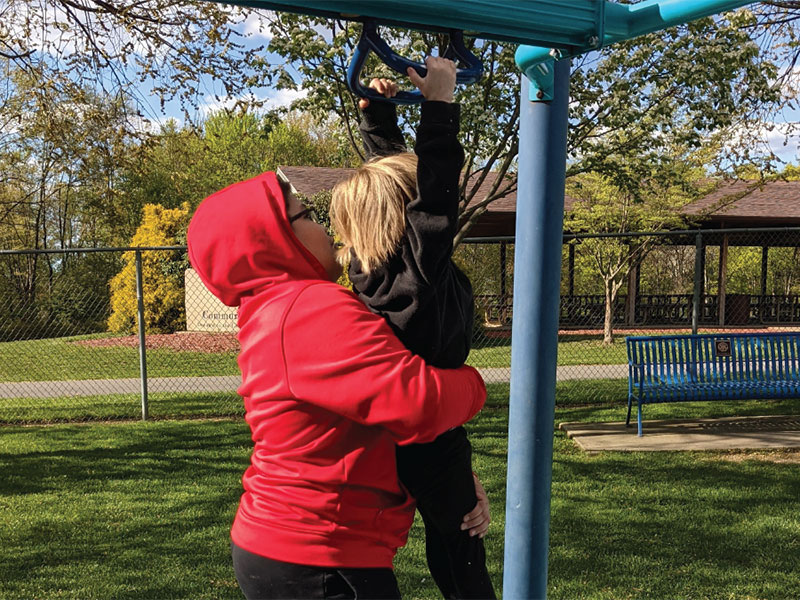
It’s worth it
When people hear “open relationship,” they think we see our kids’ family members every weekend. In some cases, we do sleepovers with siblings, like family. In other cases, we’re close with Grandma, and our daughter knows all about her dad and hears stories about him from Grandma, even though she doesn’t see him.
Openness gives my kids connections they wouldn’t otherwise have. They know where they came from, and they know they’re loved by two families. They know their parents and family members are trying the best they can to have a relationship with them, however they can.
Annie’s mom and I text all the time. We talk about work, the kids … we talk like family members. She’s not just Annie’s mom; she’s my friend. I bounce ideas like, “What do you think about Annie going to preschool?” And she asks my advice on things too. Our relationship has grown into that. It’s not this awkward thing anymore.
Late one night, after a visit with her mom, my 6-year-old daughter, Ellie, crawled into my bed to ask, “Mom, I have two moms, right?” At 3 a.m., I was like, “Yeah, go to bed.” But I think about how that’s constantly in her mind, how important it is for her to know she has a mom here in the house and another mom who loves her … and is still her mom.
We’re very close with Ellie’s great grandparents. They send all my kids cards in the mail, and they want to be invited to all the kids’ birthday parties. They give all my kids Christmas presents. They’re family. There are things they do just for Ellie, but they accept all of us as Ellie’s adoptive family. All my kids crawl into their laps and call them Grandma and Grandpa.
This is worth it. I tell people I have a small family, but it’s huge. We have all these people in our lives because they all want to love our kids, and they accept our family for who we are.
{{ "/resources/blogs/we-can-work-together-card-content.jpg" | asset_url | img_tag }}
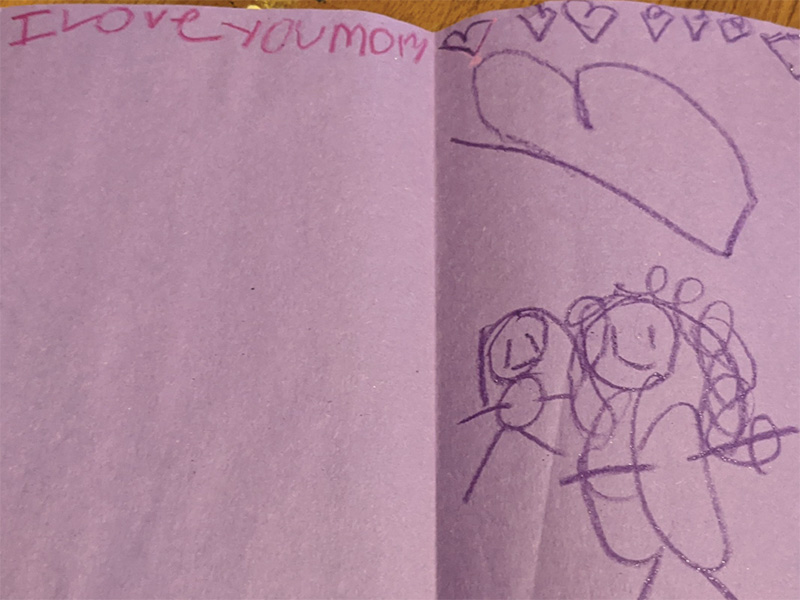
It’s about loving others
Joe and I aren’t perfect, and our relationships with the kids’ families aren’t perfect. We’re all still growing in our trust for each other. The fact that they’re open to a relationship with us is a blessing. We have fears; they do too.
It goes back to seeing that person as my child’s mom, not as someone who’s against us. It’s easy to think you’re a better person or a better parent or your circumstances are better. Maybe. But look at the support I have. Where would I be if I didn’t have what I have?
With families that don’t have that support, we—as foster or adoptive families—have the opportunity to provide that support so those parents, grandparents, siblings, and kids can keep being part of each other’s lives. Whether the child you’re fostering can return home though reunification or even if they can’t, you want their family members to be in a healthy place so they can be there for their kids in the future.
If you’re looking for a way to be the hands and feet of Jesus, here it is.
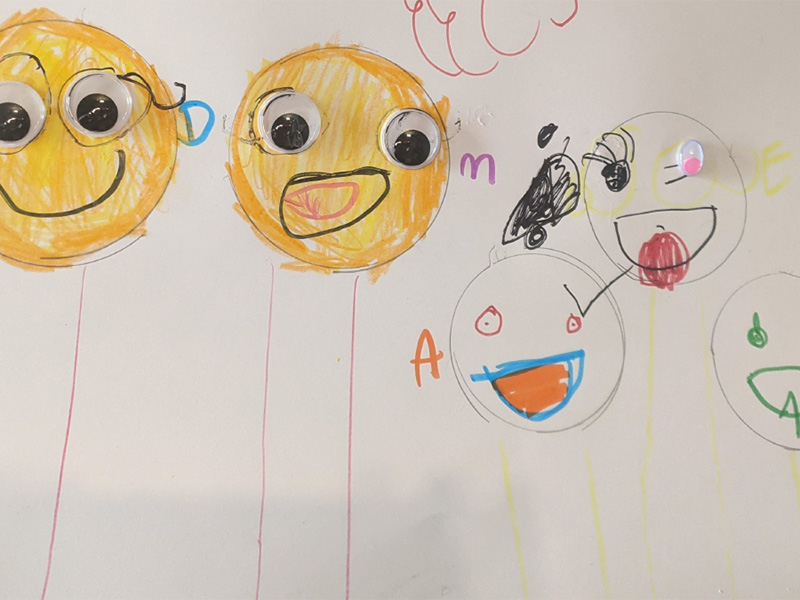
NOTE: The children’s names have been changed to protect their privacy.



